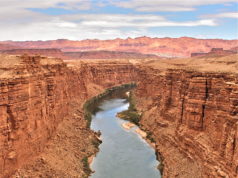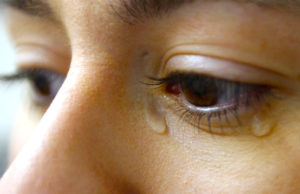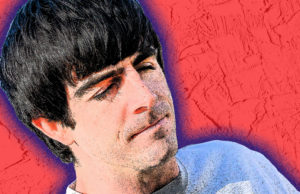WASHINGTON — As moviegoers across the nation watched the end
of the world with the opening of 2012 last week, news of Earth’s
demise spread quickly across the Web. Scientists, fed up with the misleading
prophecies, quickly set the record straight with their own series of articles
and a YouTube video.
In the film, the world ends on Dec. 21, 2012 — a date that
marks the end of a Long Count period, or 25,000-year cycle, on the Mayan
calendar. The film is directed by Roland Emmerich, who’s also behind the
doomsday features The Day After Tomorrow and Independence
Day.
In the past, the scientific community hasn’t responded to
apocalyptic visions and just waited for the end-of-the-world storm to pass,
said Don Yeomans, a senior research scientist at NASA.
For instance, the Y2K scare leading up to the year 2000
paralyzed many with fears that computers and electronic equipment couldn’t make
the transition to the new century. People stockpiled bottled water and canned
food to prepare for what became a nonevent.
With 2012, however, it quickly became evident on
the Internet that there were a number of misinformed people and that the
disaster scenarios were multiplying, he said.
This time, members of the scientific community decided they
needed to step in and let the science do the talking. So NASA posted a series
of responses on its site to the many rumors in the film, addressing the
misconceptions one by one, and also posted a YouTube video.
Bob Waxman, the author of 2012: The Ultimate
Meaning, said his book also attempts to dispel the myths.
“The book tells the truth about 2012,” he said.
“There is so much propaganda out there. The Earth’s crust is going to
crack and cause volcanoes and earthquakes, and supposed solar flares that are
going to heat up the inner core; a planet that no one has ever seen (is going
to crash into us); every possible way to destroy the Earth is in the
movie.”
The release date of his book — Dec. 21, 2009 — plays into
the 2012 movie theme, however. It’s exactly three years before the
supposed doomsday.
NASA’s Yeomans said movie producers played into the
hysteria, creating an Institute for Human Continuity Web site and even allowing
users to vote for the leader of the new world.
“Normally, folks would think this is nonsense, but its
Internet life was building,” he said.
Another popular theory explored in the movie includes a
planet named Niburu crashing into the Earth.
In fact, no such planet exists, Yeomans said.
The catastrophe initially was predicted for May 2003, but
when no such event occurred, the end of the world was postponed to December
2012.
Yeomans said he isn’t sure that there’s anything
scientifically correct in the movie because he hasn’t yet seen it.
He and other scientists hope, however, that accurate
information from trusted experts will stop end-of-the-world rumors from
spreading further.
“We are not movie critics,” said NASA spokesman
Dwayne Brown. “Our duty is to give the science fact, not the science
fiction.”
Via McClatchy-Tribune News Service.














